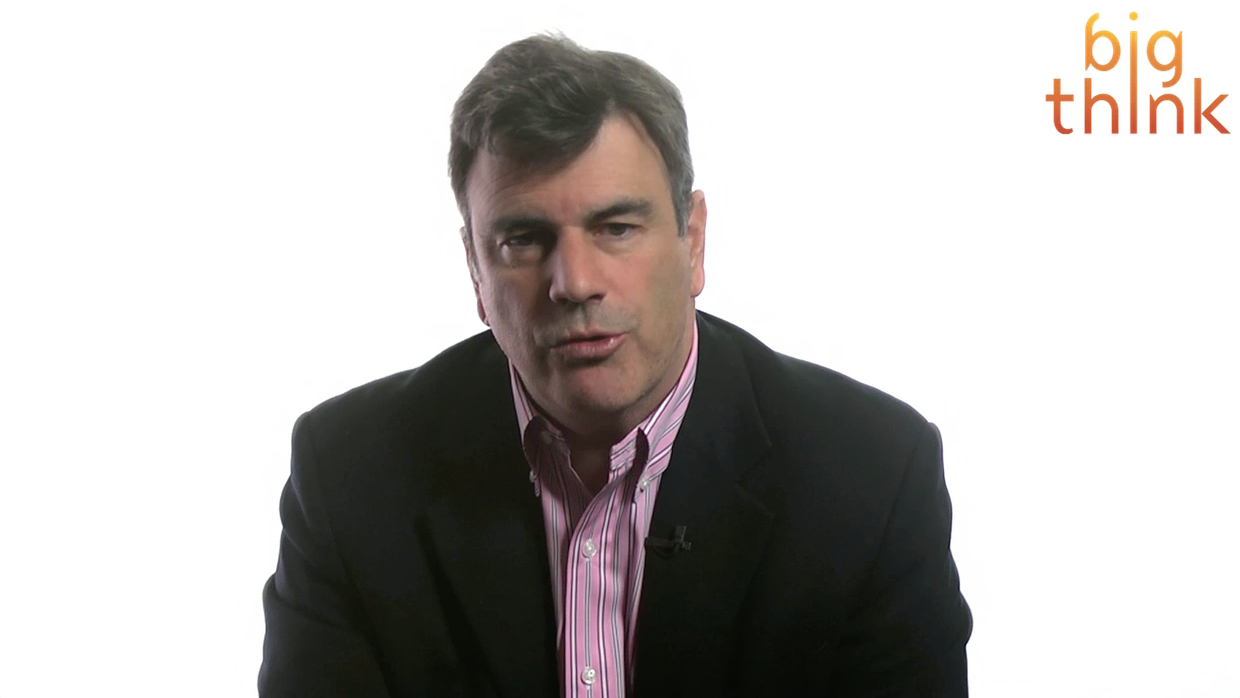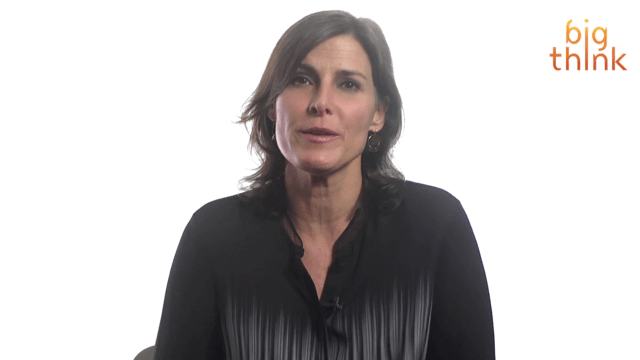Michael Schrage: Investing in Big Ideas is Bad Business

Innovation expert Michael Schrage makes a pretty bold claim in his new book, The Innovator’s Hypothesis. So bold in fact that he slapped it on the cover in subtitle form: “How Cheap Experiments Are Worth More than Good Ideas.” Fittingly enough, considering this is a website that prides itself on spreading big ideas, Schrage appears in today’s featured Big Think interview and argues from an economic standpoint that there’s very little value to be found in good ideas:
“The reality is when you do a hard-core, realistic, pragmatic analysis of the economic value of ideas, you realize for most organizations the overwhelming majority of ideas they have lose the money. They do not break even. Good ideas are bad.”
A little hyperbolic? Yeah, perhaps. But just because Schrage makes his points with rhetorical flair doesn’t diminish their validity. As a research fellow at MIT’s Sloan School of Management, Schrage is uniquely equipped with an ability to see through the sugarcoated facade of ostensibly good ideas. And in approaching innovation not from a wide-eyed and wondered perceptive, but rather, as he puts it, a “quasi-academic” one, Schrage identifies the processes from which companies draw the most value. In the real world, good ideas far more often than not lead to nowhere, despite what our biases have led us to believe:
“There’s a bit of a survivorship bias. You know, the good ideas that survive are celebrated as a good idea. All the ‘good ideas’ that died along the way, cost us money along the way, wasted our time along the way, wasted our emotion along the way. They’re forgotten and buried.”
Again, Schrage’s intention here is not to hate on visionaries, but to explain why investing in visionary ideas is an unwise and unprofitable allocation of your resources. It’s not unlike investing in a Hummer when you need a commuter vehicle, or stocking up on Gatorade when water would suffice. If the goal is to extract the most value relative to what you put in, then there’s no better way to not do that than to invest in a “good idea.” Instead, Schrage says we need to remove the romance we’ve injected into ideas and understand that our blind allegiance to them is more the result of good branding than genuine value:
“Ideas are the wrong unit of analysis for thinking about innovation. Ideas have a great brand, you know. Somebody says, ‘I have a great idea,’ people pay attention. If you say, ‘I have a brilliant hunch,’ they’re going to look at you like you’re a nut.”
If ideas are the wrong unit of analysis for innovation, then what’s the right unit? Look back to Schrage’s bold idea and you’ll see it slapped right on the cover of his book: “Cheap Experiments Are Worth More than Good Ideas”:
“I think you need to have the rigor and intellectual self-discipline not to think in terms of what is a good idea, but ‘what is a testable hypothesis?’ … The best way to get a return on [an] investment is to reframe that good idea as a testable hypothesis that can be run in a fast, simple, cheap business experiment.”
For many of us, thinking big and exploring the wide world of ideas is a great way to spend our day. For Schrage, and in particular the audience he writes for, there’s no time or money set aside for abstraction. Most real companies are subject to limits. They operate at the behest of their benefactors and those benefactors want results to be divvied out in greenback form. Thus, The Innovator’s Hypothesis offers a practical guide to netting the most out of innovation. Schrage’s research shows that the highest value is extracted from “fast, simple, cheap business experiments.” He proposes as an option what he calls 5×5 innovation, which consists of “a diverse team of five people [given] no more than five days to come up with a portfolio of five business experiments that cost no more than $5,000 (each) and take no longer than five weeks to run.” Schrage says this structure is an excellent starting point for getting into the habit of executing lightweight, high-impact experiments and designing the innovations you wish to pursue.
In short: Leave the big idea boondoggles to dreamers. Focus instead on simple, efficient, and actionable hypotheses. This is the key to top-notch innovation.





